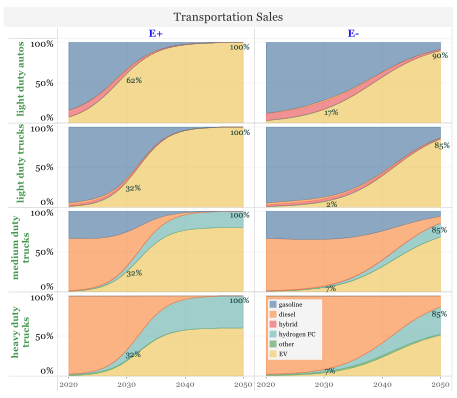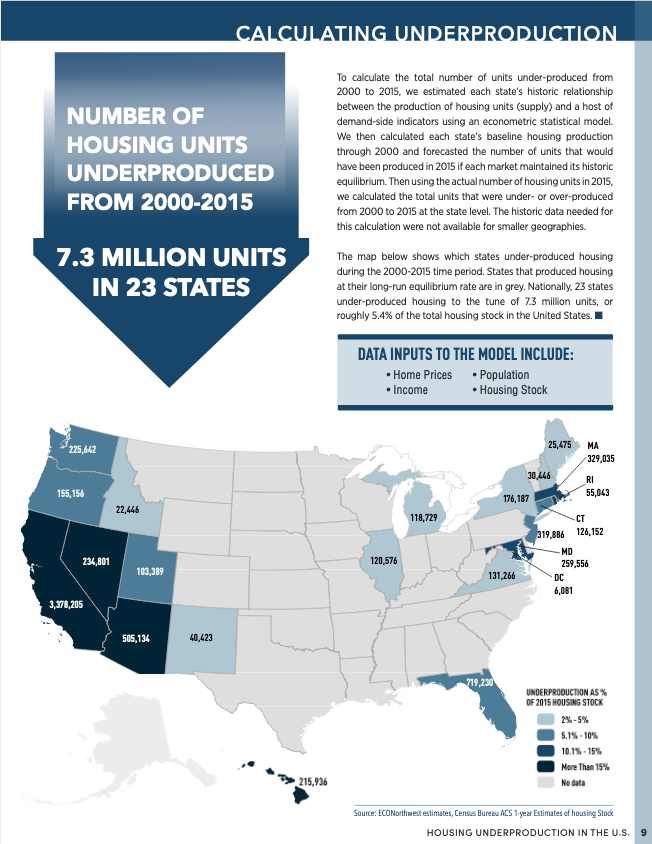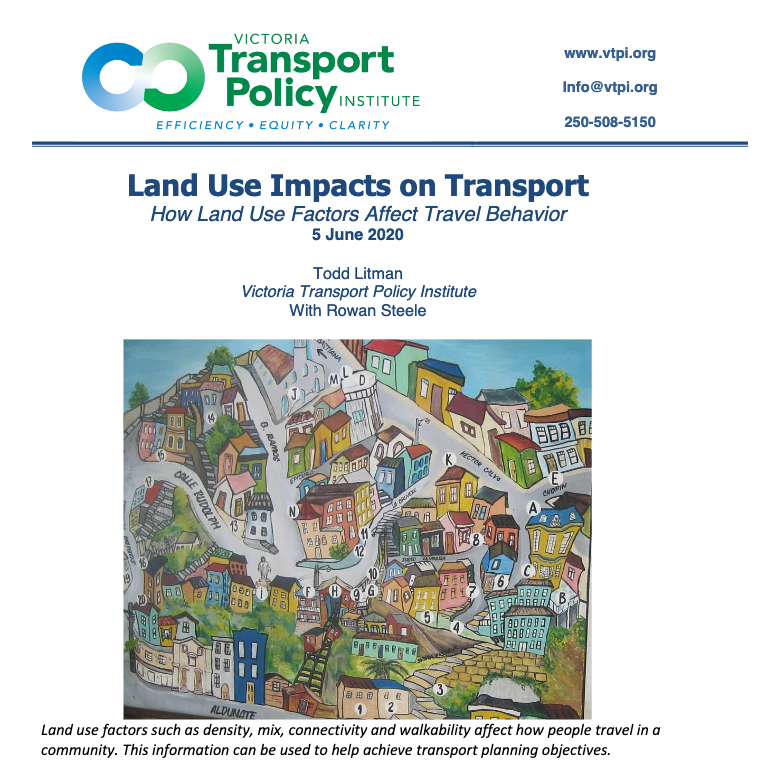I have a topic for #EnergyTwitter and #urbanism twitter to collaborate on.
In debates about the relative emphasis of EVs and VMT reduction (we need both!), analysts are flying blind. I discussed this in my @RockyMtnInst post https://rmi.org/building-urbanism-into-climate-policy/.
In debates about the relative emphasis of EVs and VMT reduction (we need both!), analysts are flying blind. I discussed this in my @RockyMtnInst post https://rmi.org/building-urbanism-into-climate-policy/.

The field is throwing all its analytical firepower at the question of how quickly we can electrify cars, but studies trying to quantify *how quickly* we could reduce car-dependence are a decade old, e.g. @NREL's review https://www.nrel.gov/docs/fy13osti/55634.pdf. /2
Recently, we've come to reckon with exclusionary land use policies that drive up emissions while hampering equity and affordable housing. See @T4America's https://t4america.org/2021/02/03/how-zoning-keeps-the-number-of-low-emission-neighborhoods-artificially-low/.
We also have new technology like shared &
& . But these solutions are not reflected in analyses. /3
. But these solutions are not reflected in analyses. /3
We also have new technology like shared
 &
& . But these solutions are not reflected in analyses. /3
. But these solutions are not reflected in analyses. /3
So how deeply and how quickly could we reduce VMT if we really tried-- while supporting complementary social goals?
I decompose this question into three numbers : /4
: /4
I decompose this question into three numbers
 : /4
: /4
1) How much can we reduce driving in lower density rural, exurban, and suburban areas where VMT is highest? This could be from #CompleteStreets allowing for safe active transportation on short trips, telecommuting, express bus routes-- and adding #MissingMiddle with mixed use. /5
2) How much can we reduce driving in existing walkable neighborhoods and dense urban communities where people rely less on cars? They are set up to make the deepest relative reductions by prioritizing streets for


 and slashing parking subsidies. /6 https://road.cc/content/news/6-10-users-pop-bike-lanes-paris-new-cycling-280681
and slashing parking subsidies. /6 https://road.cc/content/news/6-10-users-pop-bike-lanes-paris-new-cycling-280681



 and slashing parking subsidies. /6 https://road.cc/content/news/6-10-users-pop-bike-lanes-paris-new-cycling-280681
and slashing parking subsidies. /6 https://road.cc/content/news/6-10-users-pop-bike-lanes-paris-new-cycling-280681
3) Finally, how much can we add housing in communities which ALREADY drive less?
This factor is almost always neglected in transportation & climate planning. But since the US is already short ~7M homes, catching up & allowing for future growth could add up here. #YIMBY /7
This factor is almost always neglected in transportation & climate planning. But since the US is already short ~7M homes, catching up & allowing for future growth could add up here. #YIMBY /7
I've tried to guess at what these 3 numbers could be and multiplied them through sliced NHTS data. If I squint  , I can see up to a ~20% US VMT reduction in 10 yr.
, I can see up to a ~20% US VMT reduction in 10 yr.
But what do you think? And are there recent studies I have missed? Reply & RT your ideas. /8
 , I can see up to a ~20% US VMT reduction in 10 yr.
, I can see up to a ~20% US VMT reduction in 10 yr.But what do you think? And are there recent studies I have missed? Reply & RT your ideas. /8
Finally, the 2020 VTPI report is a recent addition to this literature https://www.vtpi.org/landtravel.pdf .
I wish this approach was combined with modeling of how quickly these solutions could be implemented in representative locales throughout North America, & how this would add up. /fin
I wish this approach was combined with modeling of how quickly these solutions could be implemented in representative locales throughout North America, & how this would add up. /fin

 Read on Twitter
Read on Twitter






